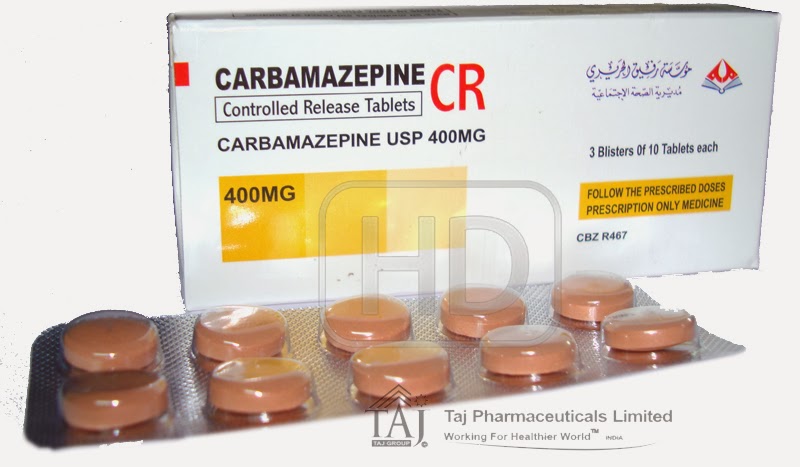Description:
- Pyogenic Granuloma is a red, nodular overgrowth of granulation tissue that arises from the mucosal or skin surface.
- Known as a "Eruptive hemangioma", "Granulation tissue-type hemangioma", "Granuloma gravidarum", "Lobular capillary hemangioma", "Pregnancy tumor", and "Tumor of pregnancy".
- Most commonly, the lesion appears in the gingiva, and can also appear in lips, tongue, buccal
mucosa, palate, vestibule and edentulous areas, where the interdental papilla of the anterior maxilla is most common site for the lesion.
- The Pyogenic Granuloma bleeds easily and some cause mild pain.
- The Pyogenic Granuloma commonly develop during pregnancy, and is called "Granuloma Gravidarum"
or "Pregnancy Tumor".
Etiology:
- mild trauma, infection and hormonal disturbances are prominently mentioned, but the stimulus that provokes this overgrowth of granulation tissue is unknown.
Prognosis:
- Good
Treatment:
- Conservative excision.
- They may recur.
- Recurrent bleeding in either the oral or nasal lesions may necessitate excision and cauterization.
- If the lesion appears during pregnancy, it may heal spontaneously.
Differential Diagnosis:
- Peripheral Giant Cell Granuloma.
- Peripheral Ossifying Fibroma.
-------------------------
This Article has been Edited By :: World Of Dentistry :: TEAM
For any questions and Suggestions please don't be hesitate to feedback us.
Yours,
:: World Of Dentistry :: TEAM




